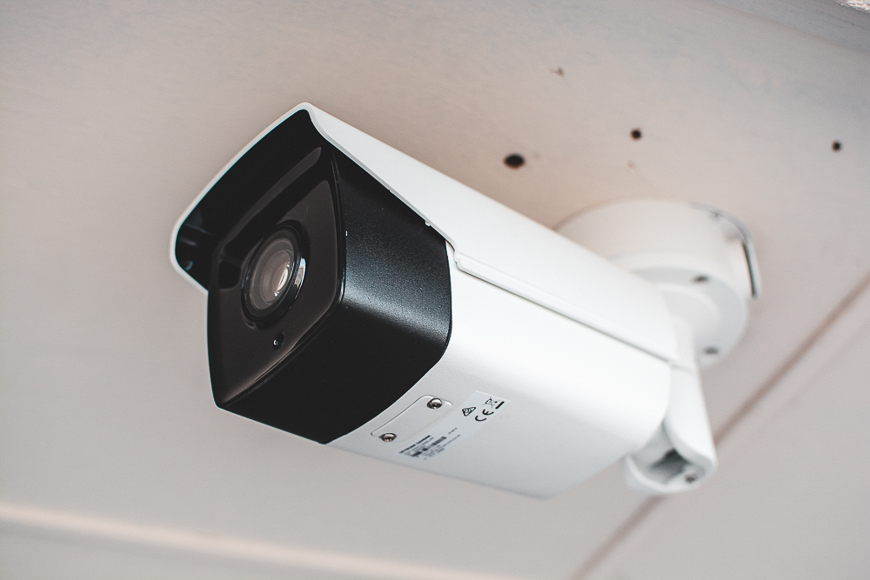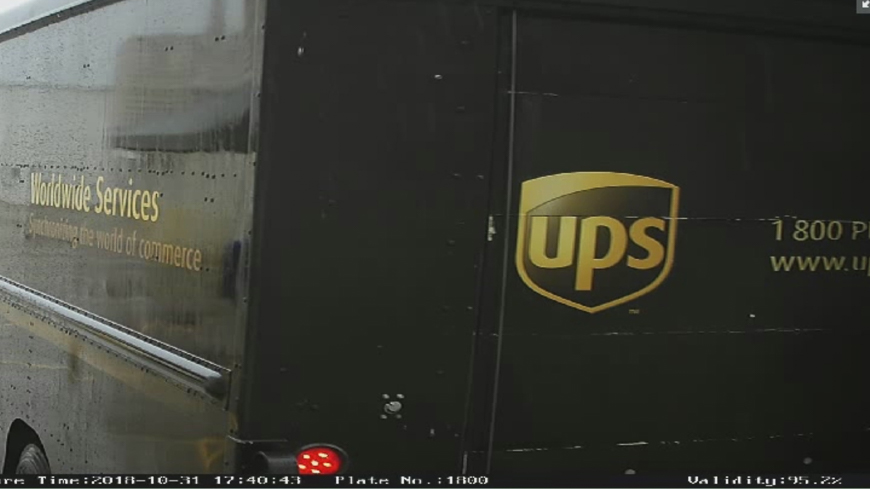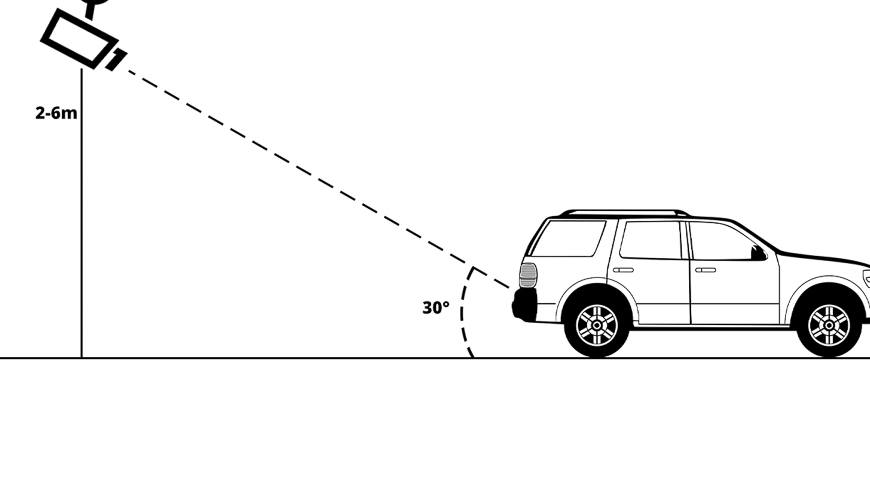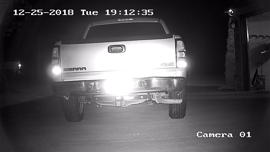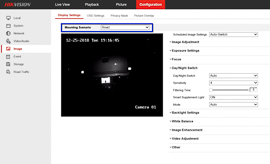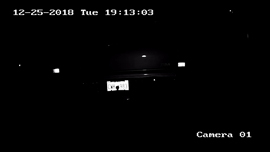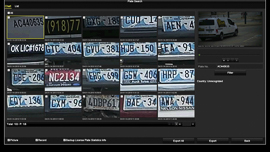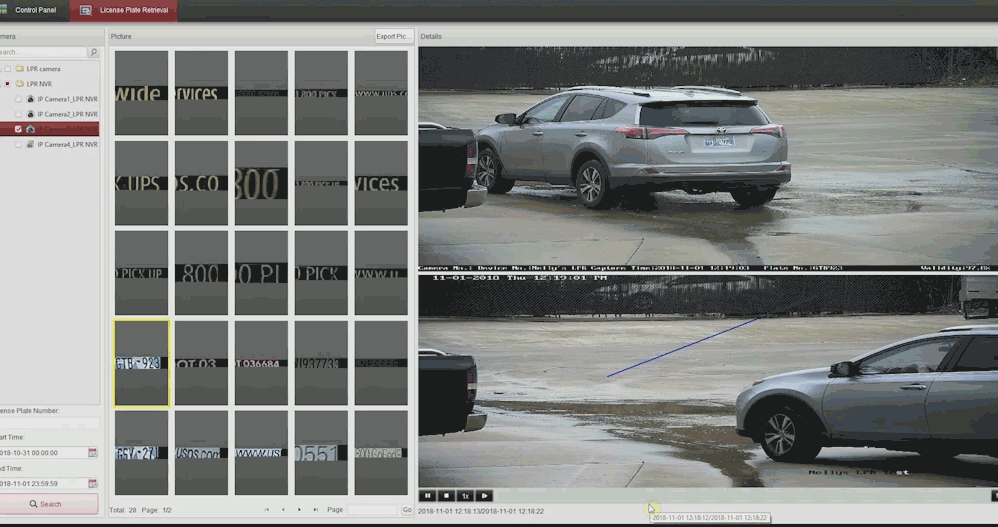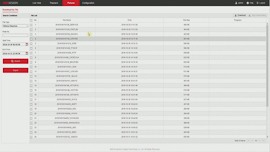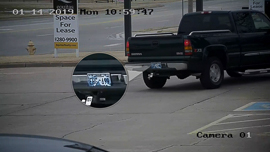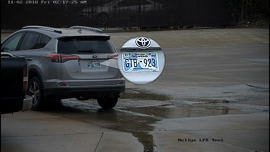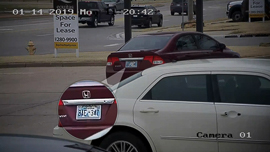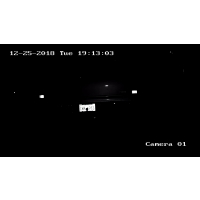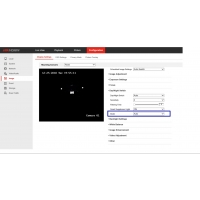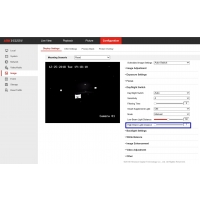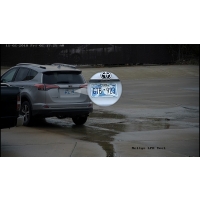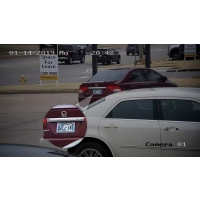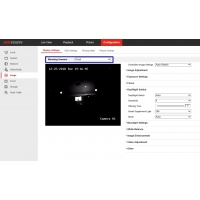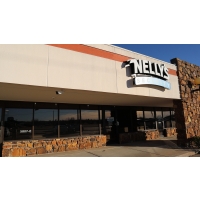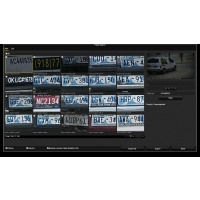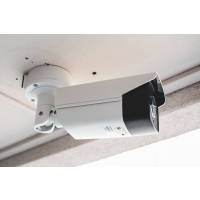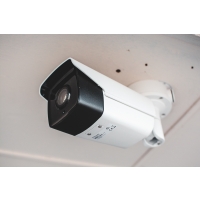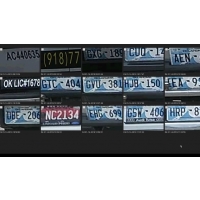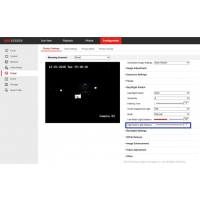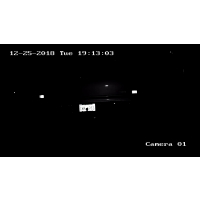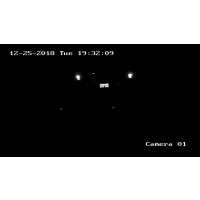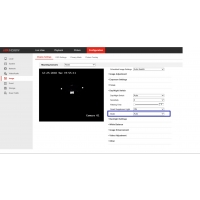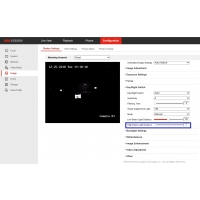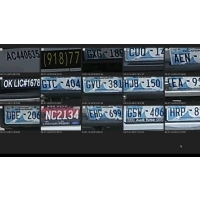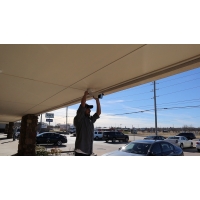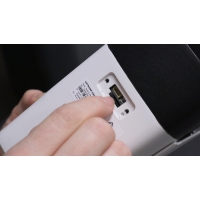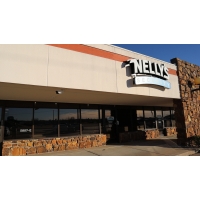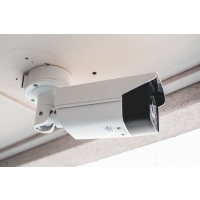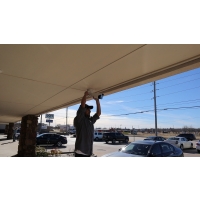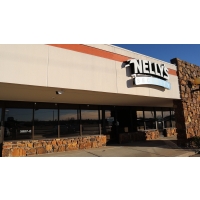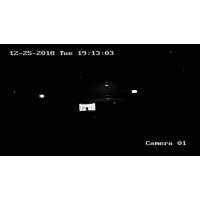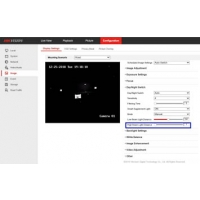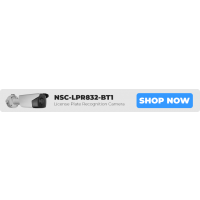License Plate Recognition (LPR) Camera Product Review: the NSC-LPR832-BT1 (Powerful IR, Silky-Smooth 60fps, Full HD 1080p video, Weatherproof, and the Best Way to Capture License Plates)
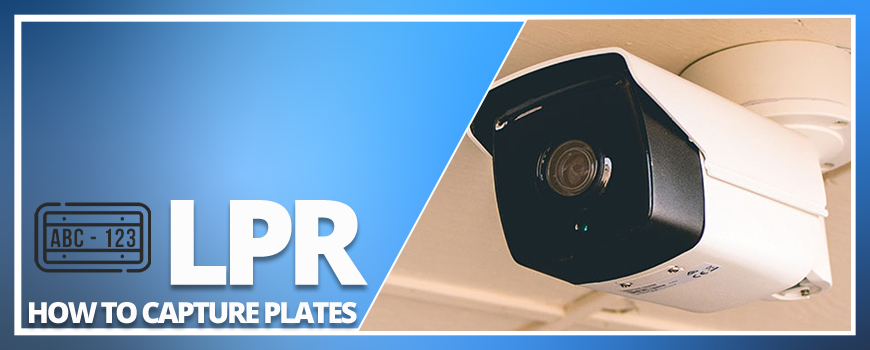
This post is outdated, but don't worry. We have a whole new blog post all about our current LPR from Uniview! Click the button below to check it out.
Read the Updated Blog PostThe NSC-LPR-832-BT1
When you think of surveillance, what comes to mind? Usually we think about finding the perfect cameras to capture high quality video of other people. However, a complete surveillance system may be about more than tracking human movement.
Many business and property owners also need to keep tabs on cars that enter and exit their premises. If you are looking for a security camera to capture and record license plate numbers, then you are in luck. We have a camera at Nelly's Security that is perfect for you.

The NSC-LPR-832-BT1 is a license plate recognition camera, or an LPR. It's a 2MR EXIR bullet camera with an 8-32mm zoom lens. It produces silky smooth video at 60fps and can even record license plates at night with its 100 foot IR distance.
If you're already sold, you can click here to check it out. But if you're wondering what an LPR is, how to properly install it to get the best results, and how to use the software to search through license plates, then keep reading!
What is an LPR?
When it comes to capturing license plates, you're going to need a dedicated camera designed for that sole purpose. A regular security camera won't work. But you do have a couple of options, depending on your needs. If all you're looking for is a camera that can take pictures and video anytime a license plate moves through the frame, then you could probably get by with a license plate capture camera (LPC). But for most people looking to record license plates, the limited set of tools LPC cameras offer simply aren't going to cut it.
Chances are, you're not going to have the time to record by hand every license plate captured by your camera. So when the time comes for you to locate a specific license plate, you'll have to sift through loads of picture and video files before you find the right plate. This could turn into a very time-consuming task.
If you're looking for a time-saving device that can recognize license plate numbers and automatically pull them into a database for easy searching, configurable filtering, and instant retrieval, then you need something more advanced than an LPC. This is where a license plate recognition camera (LPR) comes into play.
An LPR will take pictures and video of license plates just like an LPC. But what sets the LPR apart is its ability to convert the picture of the license plate to text. It will then use that text to create a database of license plates entering and exiting your property. You can browse through all your captures or search for a specific license plate. You can even blacklist or whitelist license plates to receive alerts anytime someone drives onto your property who shouldn't be there.
How to Install Your LPR
This isn't the kind of camera you can throw up on a wall and expect accurate results right out of the box. In order for your camera's software to convert and compile license plates, it needs to be able to take good pictures of the plates. So if you want to get the highest efficiency possible out of this camera, you're going to have to take the time to set it up just right. This will involve finding the proper location, setting it up at the optimal dimensions, and adjusting the settings on the camera's interface.
Proper Location
When mounting your camera, keep in mind your goal of capturing license plates. It's best to set the camera up in a spot facing a choke point, a small area where cars move in and out at a consistent pace and position.
At the beginning of the above video, you'll see that we initially mounted the camera in our back lot at Nelly's Security. Since it was pointed at a large parking lot, where cars are free to move around at will, we had no way of ensuring that vehicles would pass our camera in such a way that we would capture their license plates. As a result, you can see that we captured a lot of false plates, such as the phone number on the back of this UPS truck.
When we took the camera down and mounted it in the front of our building, we aimed the camera at the exit of our parking lot. This was an effective way to funnel cars into one choke point. Check out how much our camera's accuracy increased by simply changing the focus from a large area to a small choke point.
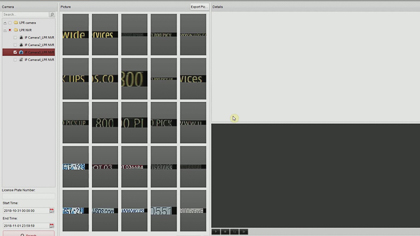
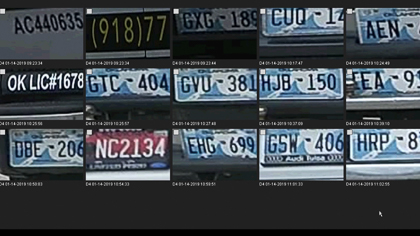
Here are some choke point examples to help you find the ideal spot to install your LPR camera.
- Parking lot entrances/exits
- Streets/alleyways
- Bridges
- Gates
- Drive-throughs
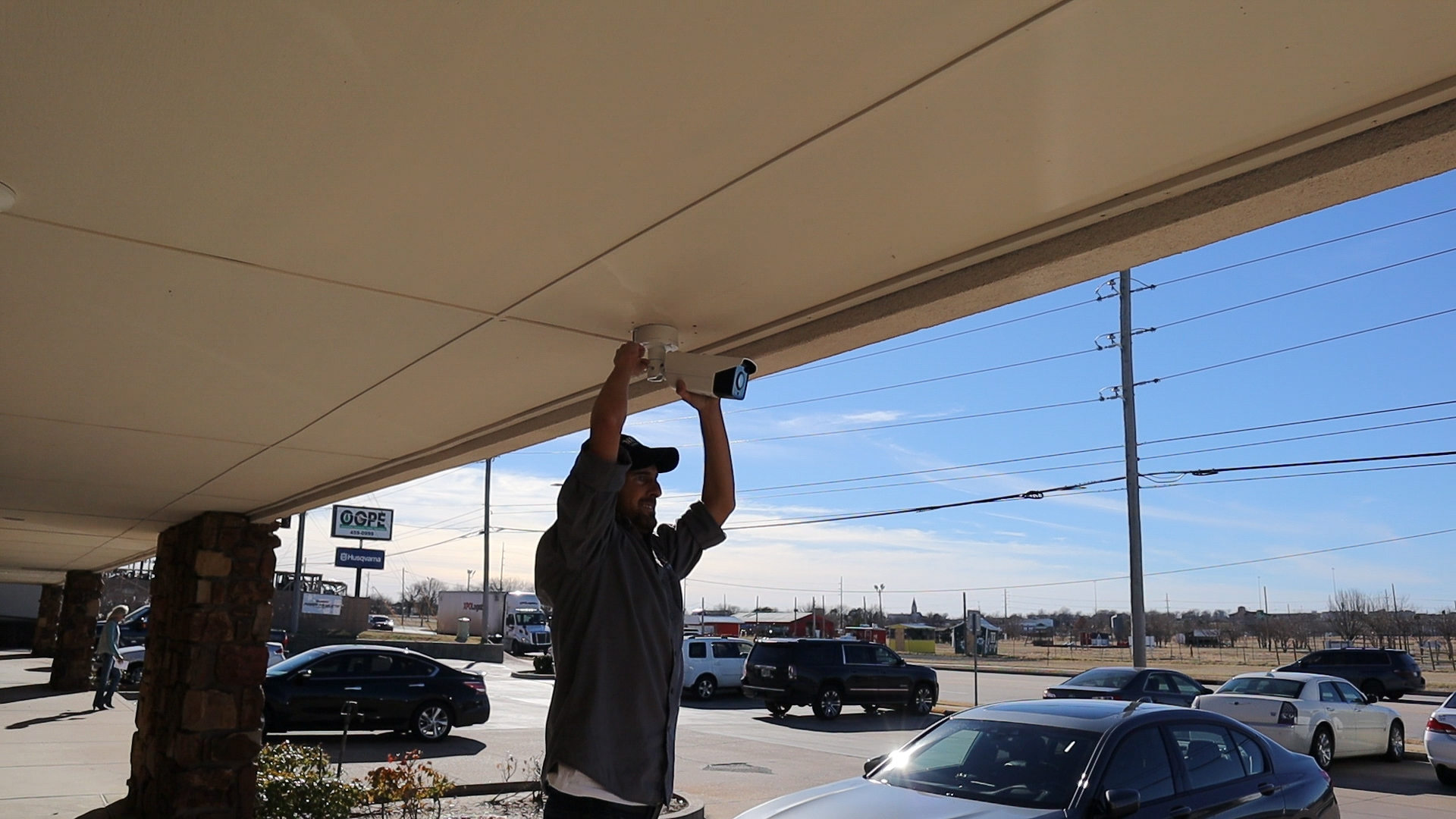
Optimal Dimensions
Once you've figured out the best place to mount your LPR camera, the next step is to install your camera at the optimal height and distance from your choke point. For the best results, your camera should be between 2-6 meters, or 6-18 feet, from the ground. The exact height is going to depend on how far away your choke point is. Ideally, the angle between the license plate and the ground should be about 30° (See diagram below). So the optimal height will change, depending on whether you're trying to capture license plates 15, 50, or even 100 feet away.
The next piece of the puzzle to take into consideration is the camera's zoom. The lens can zoom from 8mm to 32mm, so you shouldn't have any issues finding the ideal length. However you position the camera, make sure the field of view is as tight as possible around your choke point.
Adjusting the Camera's Settings
Once your camera is set up outside at the optimal height and position, focused in on a specific choke point, it’s time to head inside and activate the camera. Once you have the camera’s interface pulled up, there are a few settings you’re going to want to change to make sure your camera is ready to start capturing license plates.
First, click on the “Configuration” tab, then click into the “Image” settings. Make sure that you change the mounting scenario from “Normal” to “Road.”
At this point, your camera should be close to capturing accurate license plates in most conditions. However, you may need to adjust and fine tune the camera’s settings depending on your own situation.
For instance, if you plan to take advantage of this camera’s 100 foot IR range and record license plates at night, you may need to switch the Day/Night Switch mode to manual and adjust the “High Beam Light Distance” setting in the camera’s configuration tab.

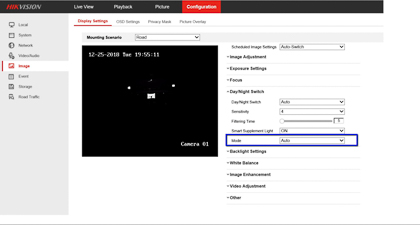

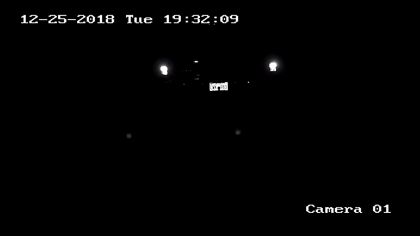


LPR At Night
Check Out More IR Examples!
If you'd like to see some examples of this camera's infrared capabilities, we have an entire YouTube video dedicated to this camera's performance at night. Check it out below!
There is not really any one-size-fits-all solution when it comes to configuring this camera for optimal performance. It’s totally going to depend on your situation. Many factors can affect your camera, such as the environment around the camera, the distance between the camera and the choke point, the time of day that you’re trying to capture license plates, and more. It may take some trial and error, but if you take the time to set your camera up before you start trying to capture license plates, you will thank yourself later!

Storing and Reviewing License Plate Captures
Once your camera is all set up, it’s ready to start recording license plate numbers. You can store the numbers two different ways. First, you can add this camera to your NVR to store the footage on your hard drive. Second, you can insert a Micro SD card up to 128GB to use as a standalone or as a backup.

We recommend using an NVR instead of a Micro SD card. A recorder can not only store pictures but can also store the video clips of the plate capture. With an NVR, you can store more information on your internal hard drive than you can on a Micro SD card. Paired with the free software, iVMS-4200, you can filter, search, and playback license plate captures easily, whether you're using an NVR or a MicroSD card.
Final Thoughts
If you are looking to expand your surveillance system to include license plate recognition technology, your best bet is to go with a license plate recognition camera, like our NSC-LPR-832-BT1. This is a great camera with many great features to ensure that you get the most bang out of your buck. It gives an incredible image with smooth 60fps live video and playback, all while intelligently compiling captured license plate numbers into a database.
Start capturing license plates today! Click below to get yours today.

